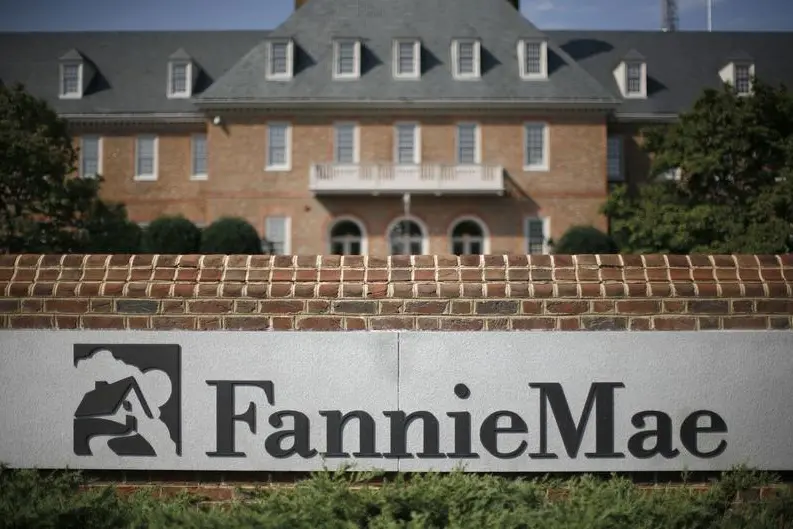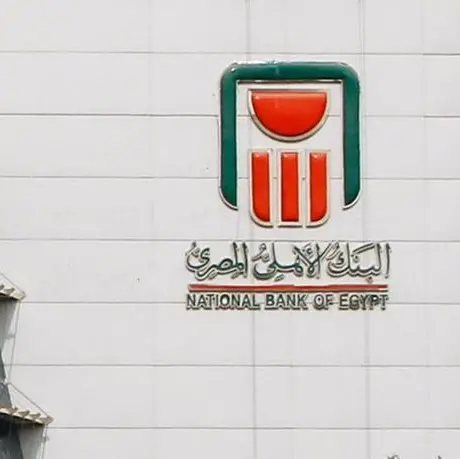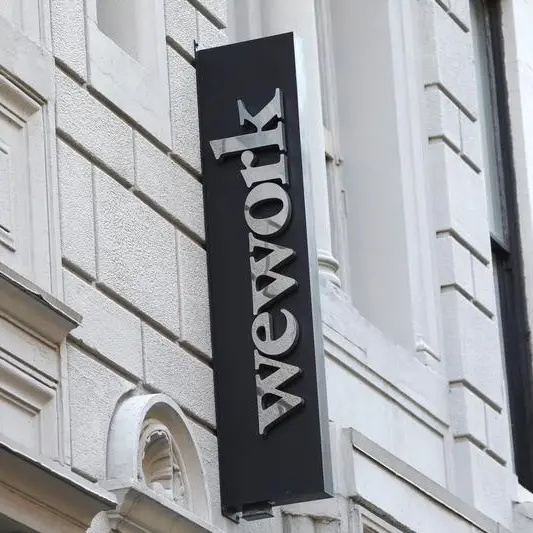PHOTO
SAN FRANCISCO - The door has cracked open on U.S. housing reform. Treasury Department officials want to get Fannie Mae and Freddie Mac, the two agencies that underpin the country’s home-financing market, out of their post-financial crisis limbo. Their new plan, unveiled on Thursday, has merit in that it doesn’t entirely hinge on a dithering Congress, and gives the two troubled entities a better chance of enduring the next downturn.
Fannie and Freddie have been in “temporary” conservatorship for 11 years – a state whereby the two mortgage giants, which needed a $187 billion bailout a decade ago, are privately owned but under the thumb of their regulator, the Federal Housing Finance Agency. They had to hand over all their profit to the Treasury starting in 2012, totaling more than $300 billion by the end of June. That’s considered dividends, not repayment.
The big change proposed now is to let them keep more of their profit, and use it to absorb future losses. While they had been allowed to keep $3 billion each as a buffer, last year Fannie and Freddie had to tap the Treasury for about $4 billion after Republican tax cuts caused them to take a hit on deferred tax assets. Treasury Secretary Steven Mnuchin’s new idea is to recapitalize Fannie and Freddie so that the private sector takes losses first, with the agencies still paying a periodic fee to Treasury.
That can be done without Congress’ approval, which means it may actually happen. The same goes for introducing capital and leverage restrictions similar to rules imposed on Wall Street after the crisis. Other changes would require politicians to get on board, like authorizing an explicit, paid-for government-backed guarantee that’s limited to certain qualifying mortgage-backed securities.
There’s good and bad in all of this. The bad is it reinstates some of the moral hazard of the pre-crisis system, where Fannie and Freddie were basically private but seen as being backstopped by the public purse. The good is that any reform is happening at all. Lawmakers have vacillated over Fannie and Freddie for fear of upsetting the $10 trillion U.S. housing-finance market that they dominate. The dismal duo won’t be fixed after this, but they will be less dependent on the taxpayer crutch.
CONTEXT NEWS
- The U.S. Treasury Department on Sept. 5 released its plan to reform mortgage-finance firms Fannie Mae and Freddie Mac, which received a $187 billion bailout in relation to the 2008 financial crisis and have been under conservatorship ever since.
- The firms would no longer have to send all their profit to Treasury, instead paying a periodic commitment fee to reflect taxpayers’ exposure in the event of a crisis. The exact capital and fee figures will be negotiated by Treasury and the Federal Housing Finance Agency, which regulates Fannie and Freddie.
- Other recommendations would require congressional action, including introducing an explicit, paid-for guarantee of qualifying mortgage-backed securities, backed by the government and to be used only after significant private capital losses in “exigent circumstances.”
- Under a 2017 agreement between Treasury and the FHFA, the firms can maintain a capital buffer of $3 billion to cover normal income fluctuations. At the end of June 2019, Fannie and Freddie had sent more than $300 billion in dividend payments to Treasury. The funds do not count as repayment of their government aid.
(Editing by John Foley and Amanda Gomez)
© Reuters News 2019












